Architecture
RabbitHole Software Architecture Description (SAD)
Section titled “RabbitHole Software Architecture Description (SAD)”Version: 1.0 Author: Gemini AI
1. Introduction
Section titled “1. Introduction”1.1 Purpose
Section titled “1.1 Purpose”This document describes the software architecture of the RabbitHole framework. It is intended for software developers, architects, and contributors who need to understand the system’s structure, components, interactions, and design rationale. The purpose is to provide a comprehensive guide for future development, maintenance, and to ensure the system’s conceptual integrity.
1.2 Scope
Section titled “1.2 Scope”The scope of this document covers the RabbitHole framework, including its core components:
- The Agent-to-Agent (A2A) protocol implementation (Server and Client).
- The specific Agent implementations (e.g., Google ADK, OpenAI).
- The Command-Line Interface (CLI) for user interaction.
This document details the system’s static structure and runtime behavior but does not cover external systems like the LLMs themselves or specific deployment infrastructure beyond the provided Docker setup.
1.3 Definitions, Acronyms, and Abbreviations
Section titled “1.3 Definitions, Acronyms, and Abbreviations”- A2A: Agent-to-Agent communication protocol.
- ADK: Agent Development Kit (from Google).
- Agent: An autonomous software program that performs tasks on behalf of a user.
- Framework: A reusable, semi-complete application that can be specialized to produce custom applications.
- CLI: Command-Line Interface.
- SAD: Software Architecture Description.
2. Architectural Representation
Section titled “2. Architectural Representation”This architecture is documented using a model based on the “Views and Beyond” approach, popularized by the Software Engineering Institute (SEI). It uses a set of views to describe the system from the perspective of different stakeholders and their concerns. The primary views used are:
- Module View: Describes the organization of the source code.
- Component & Connector View: Describes the system’s structure at runtime.
- Deployment View: Describes the physical environment into which the system is deployed.
3. System Views
Section titled “3. System Views”3.1 Module View
Section titled “3.1 Module View”The Module View describes how the system’s source code is structured into packages and modules. This view helps developers understand the codebase, its dependencies, and where to find specific functionality.
RabbitHole/└── rabbithole/ # Main Python package ├── a2a/ # Core A2A protocol implementation │ ├── client/ # Handles outgoing connections to agents │ ├── server/ # Hosts agents and manages incoming communication │ ├── types.py # Shared Pydantic models and data schemas │ └── utils/ # Shared utilities (e.g., authentication) ├── agent/ # Specific agent implementations (PLUG-INS) │ ├── adk/ # Example agent using Google ADK │ └── oai/ # Example agent using OpenAI SDK └── cli/ # Command-Line Interface for interacting with agentsRationale: The key design choice is the separation of a2a from agent. The a2a package is the generic, reusable framework core. The agent directory contains concrete implementations that use the framework. This makes the system highly modular and achieves the goal of extensibility.
3.2 Component & Connector (Runtime) View
Section titled “3.2 Component & Connector (Runtime) View”This view describes the system’s structure as it exists at runtime. It shows the principal runtime components and the connectors that facilitate their interaction.
graph TD subgraph "User Machine" CLI_Client["💻 CLI Client (__main__.py)"] end
subgraph "Server Environment (Local or Docker)" A2A_Server["🌐 A2A Server (FastAPI)"] TaskManager["🌀 Task Manager"] AgentLogic["🤖 Agent Logic (e.g., adk/agent.py)"] end
subgraph "External Services" LLM["🧠 Large Language Model (e.g., Gemini)"] end
CLI_Client -- "HTTP Request (task)" --> A2A_Server A2A_Server -- "Invokes task" --> TaskManager TaskManager -- "Executes logic" --> AgentLogic AgentLogic -- "Calls" --> LLM LLM -- "Returns response" --> AgentLogic AgentLogic -- "Returns result" --> TaskManager TaskManager -- "Sends result" --> A2A_Server A2A_Server -- "HTTP Response (result)" --> CLI_Client
style A2A_Server fill:#f9f,stroke:#333,stroke-width:2px style AgentLogic fill:#ccf,stroke:#333,stroke-width:2pxDescription:
- The CLI Client acts as the user interface, sending tasks to an agent server over HTTP.
- The A2A Server (built on FastAPI) receives the request. It’s the primary entry point to the framework.
- The server uses a Task Manager to handle the asynchronous execution of the task.
- The Task Manager invokes the specific Agent Logic that has been implemented by the developer (e.g., the ADK agent).
- The Agent Logic communicates with an external LLM to fulfill the task.
- The result is passed back up the chain and returned to the CLI Client as an HTTP response.
3.3 Deployment View
Section titled “3.3 Deployment View”This view describes how the software is mapped to the physical or virtual hardware.
graph TD subgraph "Developer's Machine" direction LR LocalCLI["💻 Local CLI Client"] end
subgraph "Deployment Target" direction TB subgraph "Docker Container (Recommended)" DockerApp["🐍 Python Runtime"] --> DockerServer["🚀 A2A Agent Server (runs on port 10000)"] end Host["Host Machine"] Host -- Port Mapping (10000:10000) --> DockerContainer end
LocalCLI -- "HTTP request to http://localhost:10000" --> HostDescription: The primary deployment strategy for the agent server is via a Docker container.
- The
Dockerfilepackages the Python environment and the RabbitHole application. - The container exposes the agent server on a specific port (e.g., 10000).
- Port mapping on the host machine makes the agent server accessible to local clients, such as the
rabbithole/cli. - The
GOOGLE_API_KEYis injected into the container as an environment variable, decoupling the container image from the secret. - Alternatively, the server can be run directly on a host machine with a Python environment.
4. Rationale and Design Choices
Section titled “4. Rationale and Design Choices”- FastAPI for the Server: Chosen for its high performance, asynchronous support (critical for LLM interactions), and automatic data validation via Pydantic, which aligns well with the
a2a/types.pyschemas. - Decoupling Agent Logic: The separation of the core
a2aserver from theagentimplementations is the single most important design decision. It allows RabbitHole to function as a true framework, where developers can plug in their own logic without modifying the core. - CLI for Interaction: A simple CLI provides a universal and scriptable way to test and interact with agents, which is invaluable during development.
- Docker for Deployment: Docker provides a reproducible and isolated environment, simplifying dependency management and ensuring the agent runs the same way everywhere.
